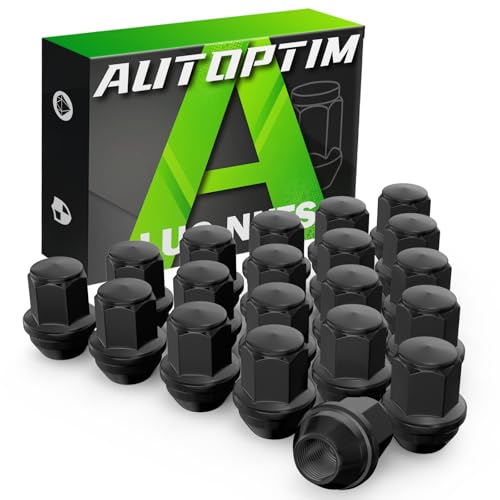To the question of blocking off the heat risers to the carb base. I touched on that in a post recently, 351 4V carburetor.
I absolutely believe it is necessary if using an aftermarket carb. I thought I created a thread on what I did, but alas, I can seem to find it, but I know I posted in someone else's thread on the subject.
So, I'll try to recap it here,
The first attempt was to simply tap the two holes in the carb surface area and insert 5/16" set screws ( grub screws to the Limey's). Picture #1. This worked to stop the hot vapours reaching the gasket, but did little to lower the temp under the carb. The issue I found was that this unwanted heat caused the fuel to vaporize thus causing hard starting. Even though I used a 1/4" fiber spacer, it still was a problem.
Next I removed the manifold, had to anyway for another reason, but while it was off, I blocked off the passages. My solution was to hand "mill" a step all around the opening approx. 1/8" wide X .08" deep. I had some 1/16" stainless steel, so I cut two pieces to fit (plugs) and used a pointed punch to stitch them in place with some exhaust cement. See picture #2.
When installing, I also took the extra step of using a piece of .020" SS to fill the holes in the paper gasket, just larger then the size of the plugs. Trim the paper hole size to suit. This also meant I needed to rework the valley pan seal to allow for the slight extra thickness. It probably would have been ok as it was, but that's the way I think. These thin plates were held by some Permatex 2 while placing the paper gasket.
I've described in this thread, what else I did including using a 1" thick fiber spacer. Picture #3. Fel-Pro make a gasket with a metal insert which should go under any carb imo in case of hot vapor leaks, which will burn the bottom of your carb.
Hope that helps, it's just one of many "fixes", but unless you drive in winter, that extra heat is not needed, so stop it!
Geoff.

















































